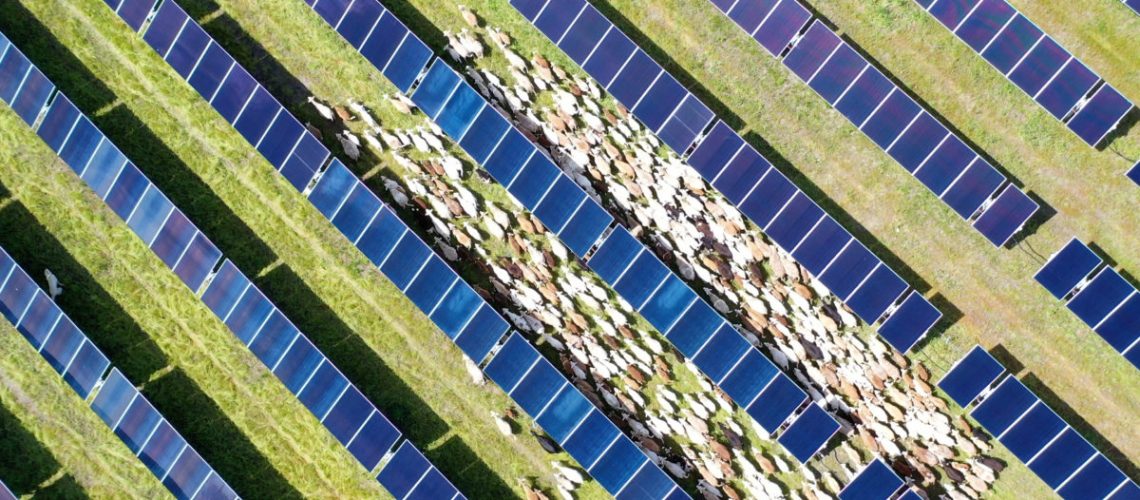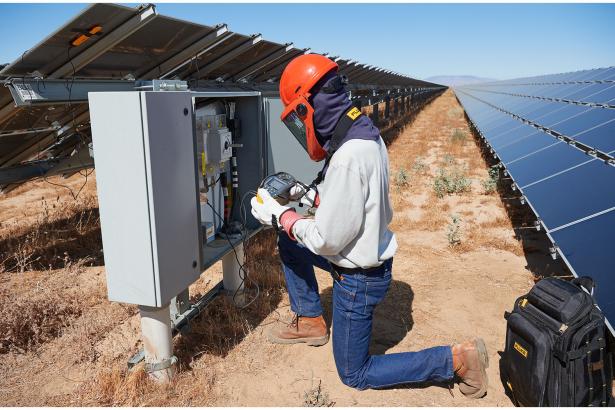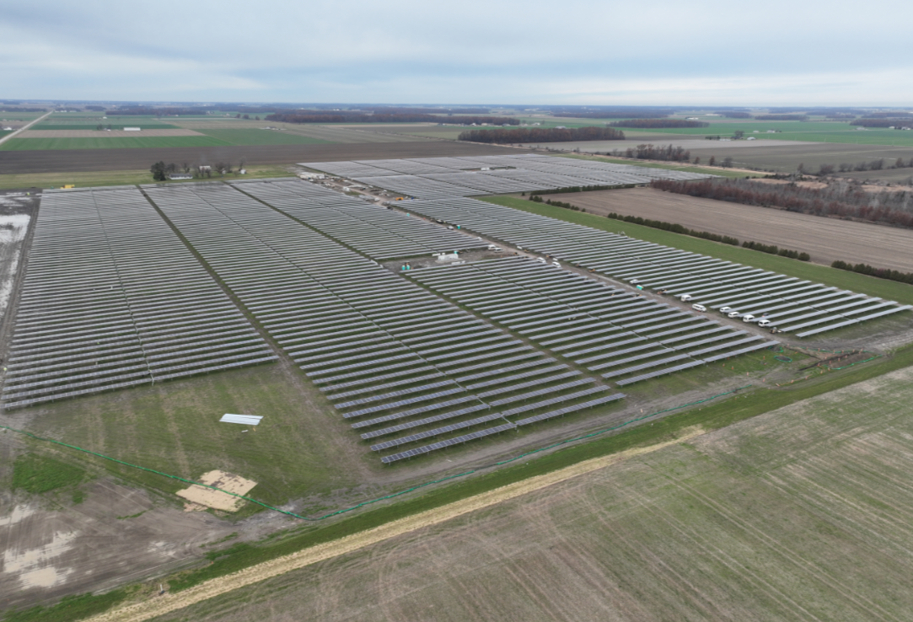A survey conducted by researchers at the University of Illinois, combined with prior research, details what solar grazers have purchased when building out their businesses and what they earn. Additional documentation highlights complex grazing business plans on large utility-scale solar facilities.
Solar grazing, the practice of grazing livestock (typically sheep) on land with solar arrays, is gaining traction in the U.S. A survey found that the most common initial purchases for starting this business are a pickup truck and sheep. These farmers typically oversee the grazing of an average of 55 acres of field per season, using 125 sheep for each operation. They spend an average of 14.75 hours in the field supervising on-site labor, 8.17 hours traveling, and 5.67 hours on business administration.
In addition to this valuable data, the researchers highlighted resources that could enable a grazing entrepreneur to launch a solar grazing business.
The Bock Agricultural Law & Policy Program at the University of Illinois conducted the survey during the first half of 2023, circulating it via the American Solar Grazing Association. The goal was to build on existing literature about the costs and revenues of grazing sheep at solar power facilities.
The survey’s findings, detailed in the report The Economics of Solar Grazing, were enriched with data from several reliable sources to define the costs of running a solar grazing business.
The survey found that 75% of those who signed contracts to graze their sheep on solar sites also agreed to take on vegetation management responsibilities, necessitating the purchase of lawn mowers and edge trimmers. While sheep cover large volumes of area well, they do not always meet the technical standards required by solar asset owners.
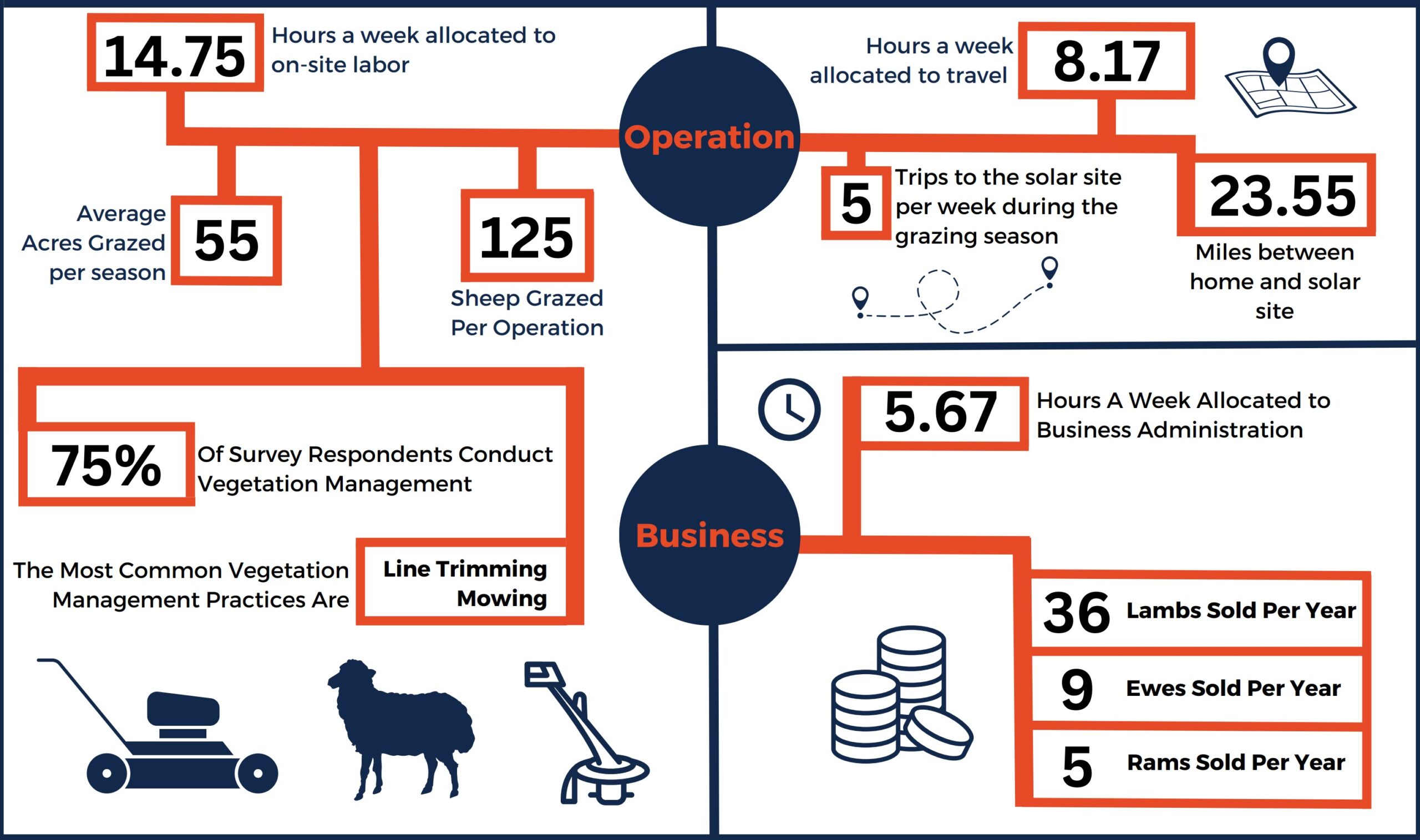
The Bock group pointed to research in New York that revealed vegetation management contracts between sheep farmers and solar power plant operators result in an annual income of $300 to $500 per acre of solar site. Prices are generally higher in New York and lower elsewhere on the East Coast. The New York report also included a comprehensive income statement for grazing 56 sheep on 22 acres of land.
Another insightful document was the Mount Morris Agrivoltaic Study, which outlined in incredible economic detail the solar grazing and beekeeping business plans in conjunction with EDF Renewables’ 177 MW, 1,000-acre solar facility in Livingston County, NY.
In related coverage by pv magazine USA, from the perspective of an asset owner, BayWa r.e. has begun optimizing its sheep count while experimenting with shepherd partnership business models. The large-scale solar asset owner found that at one particularly rocky site in Texas, grazing with sheep led to increased electricity generation and savings of $413,774 compared to the cost of mowing. Although the sheep appeared to have damaged two solar modules, this was minimal compared to the 1,035 panels damaged by projectiles.
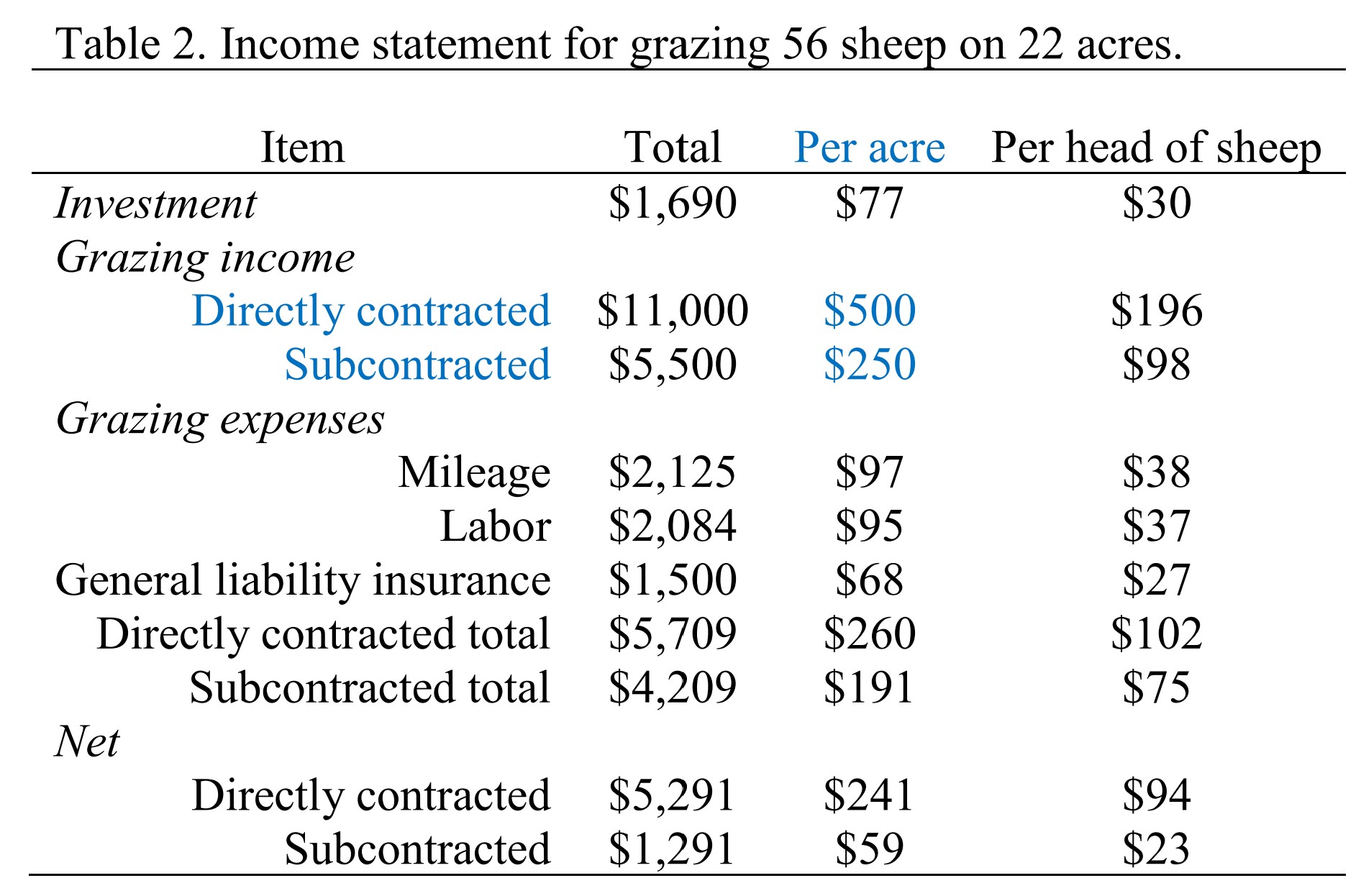
Prior research suggests that integrating agriculture into solar facilities increased respondents’ likelihood of supporting a solar facility to greater than 80%.


